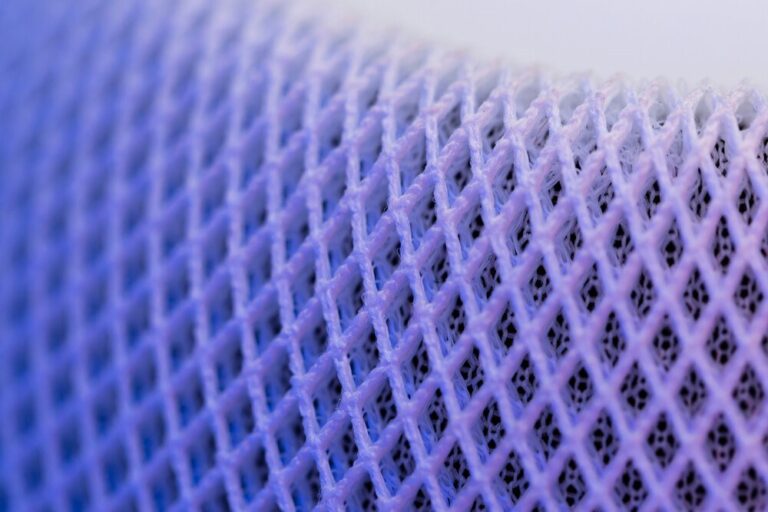Solar power use in Europe is only a very small portion of the overall use of renewable energy sources. Additionally, since solar energy is still more expensive than energy produced by coal or nuclear plants, until there is more parity between the sources, solar energy will not be the first choice. Several projects in Europe are working toward lower the costs and increasing the efficiency of solar energy. The N2P Project, coordinated by the Fraunhofer Institute for Material and Beam Technology in Dresden, Germany, has developed a process to enhance the absorption qualities of solar cells, by capturing infrared light from the sun. The process uses chemical etching to remove the nano-structured surface of the wafer on the rear side of the solar cell, turning it into a “mirror” that reflects the infrared rays back into the cell. The researchers have been able to increase the efficiency by 30 percent when compared to the efficiency of standard thin film solar cells. Another project, this one at the École Polytechnique Fédérale de Lausanne (EPFL) in Neuchâtel, Switzerland, is working on improving the efficiency of thin film solar cells, which use less materials and energy in their production when compared to conventional solar cells, but currently have an efficiency 40 percent lower than such cells. The researchers are attempting to maximize the light trapping effect of the cells by roughening the glass surface via the deposit of a layer of crystals on the glass. Dr. Sylvain Nicolay from EPFL, says, “The larger the nano sized pyramids are, the higher is the diffusion.” Efficiency has now improved from seven to ten percent.




